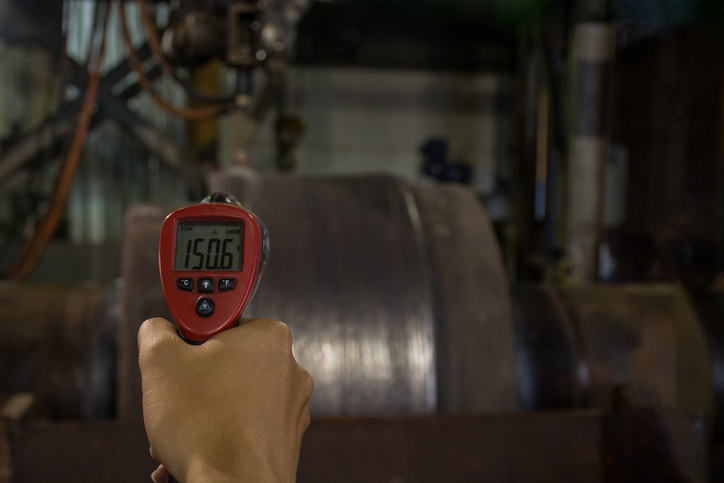Maintaining temperatures on the production floor is always a concern, but it’s especially critical during the coldest months of the year. Machinery needs to run at consistent, safe temperatures, employees need to work in a comfortably warm space and you need to keep an eye on your energy bills during the uptick in heater usage. During this cold winter season, consider some of these tips to keep your facility properly heated and running smoothly.
How’s Your Insulation?
Keeping heat from escaping the building is the first and most important thing you can do to maintain steady temperatures. Up to a third of all heat loss occurs through a building’s ceiling, and hot air naturally rises so a well-insulated ceiling is essential. Aside from that, walls, doors and windows are common areas for heat to escape a building.
Check Air Flow
Proper air flow throughout your facility helps level out temperatures, keep machines running smoothly and keep employees comfortable. If hot air gets trapped in one corner of the building, it will feel unnaturally hot and could affect machinery. Audit the positioning of machinery near vents, placement of storage shelves and use of temporary room dividers to make sure air can flow naturally throughout the building.
Move Hot Air Around
After you’ve checked air flow and positioned your equipment to allow heat to flow naturally, use ceiling fans to encourage it to travel back down to the production floor. It’s not uncommon for the floor of a production facility to be close to 30 degrees cooler than the ceiling, which can confuse the building’s HVAC system and cause your workers to shiver even when the heater is blasting. Powerful ceiling fans will help naturally circulate heat that’s lingering near the ceiling while adding a comfortable breeze in work spaces.
Avoid Creating a Stack Effect
Since hot air naturally likes to rise, any space that allows it to funnel up toward the ceiling creates what’s called a stack effect. Some building features such as chimneys and smoke stacks aren’t able to avoid this effect, but you can do your part to avoid creating the effect and causing inefficient heating on the production floor or heat loss through your ceiling. For example, keep your inventory shelves at equal height when stocked. An area that’s stocked unnaturally high compared to the rest of your shelves can funnel hot air toward the ceiling, potentially affecting the equipment, machinery or products stored in that area.
The cold winter doesn’t have to hamstring your heating bill or cause discomfort among your employees. By taking some precautionary measures and remaining watchful of heat traps in your buildings, you can keep machinery running smoothly and employees comfortably warm. What are some heating tips your business uses during the winter? Share them with us below.
